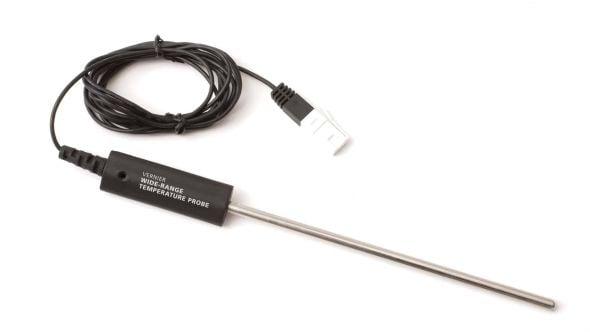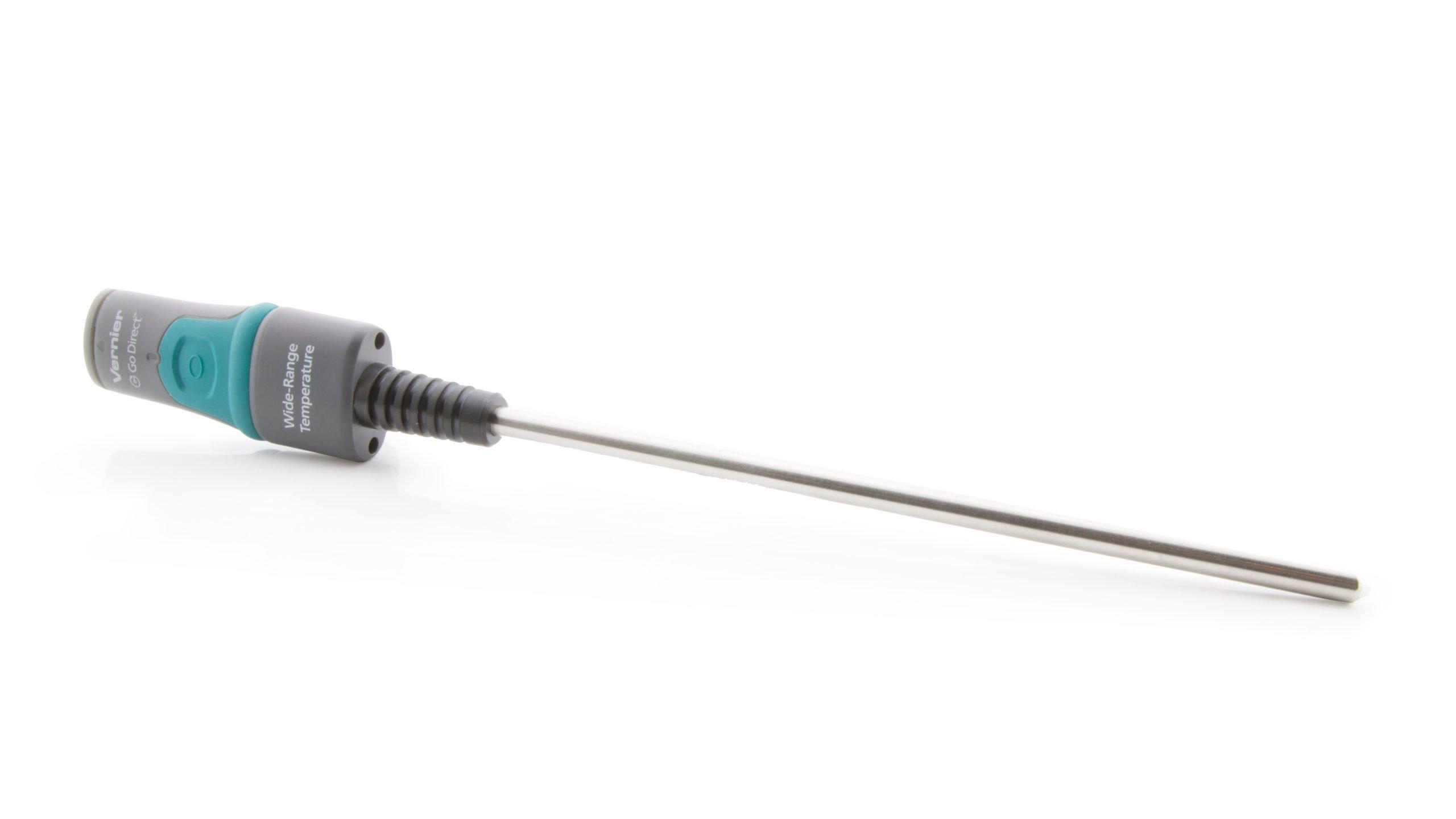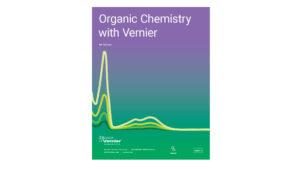Determination of a Boiling Point
Experiment #3 from Organic Chemistry with Vernier
- Education Level
- College
Introduction
The boiling point of a substance is a useful physical property for the characterization of pure compounds. A common method for the determination of boiling points as well as separating and purifying volatile liquids, is distillation, which makes use of the specific boiling points, of the liquid components in the mixture. When there is only one volatile compound, or when one of the liquids has a boiling point well below the others, a simple distillation is used. However, if there are two or more liquid components, which have boiling points near each other, a fractional distillation must be used.
Using simple distillation, you will separate toluene from a non-volatile dye. Then, using a fractional distillation apparatus, you will separate toluene and cyclohexane. While performing the distillation, you will monitor the temperature that the volatile liquid has, in the gas phase, using the Vernier Wide-Range Temperature Probe. This temperature should remain constant as each distillate is being condensed, and actually represents the boiling point of this chemical. To confirm the presence of each compound, you will measure the density of your distillates.
Objectives
In this experiment, you will
- Assemble and perform a simple distillation of toluene.
- Assemble and perform a fractional distillation to isolate toluene and cyclohexane.
- Produce a graph of time vs. temperature for each distillation.
- Measure and analyze the retention times and peak areas of toluene and cyclohexane.
- Determine the density of each purified compound.
- Identify an unknown compound based on boiling point and density.
Sensors and Equipment
This experiment features the following sensors and equipment. Additional equipment may be required.
Option 2

Ready to Experiment?
Ask an Expert
Get answers to your questions about how to teach this experiment with our support team.
- Call toll-free: 888-837-6437
- Chat with Us
- Email support@vernier.com
Purchase the Lab Book
This experiment is #3 of Organic Chemistry with Vernier. The experiment in the book includes student instructions as well as instructor information for set up, helpful hints, and sample graphs and data.


